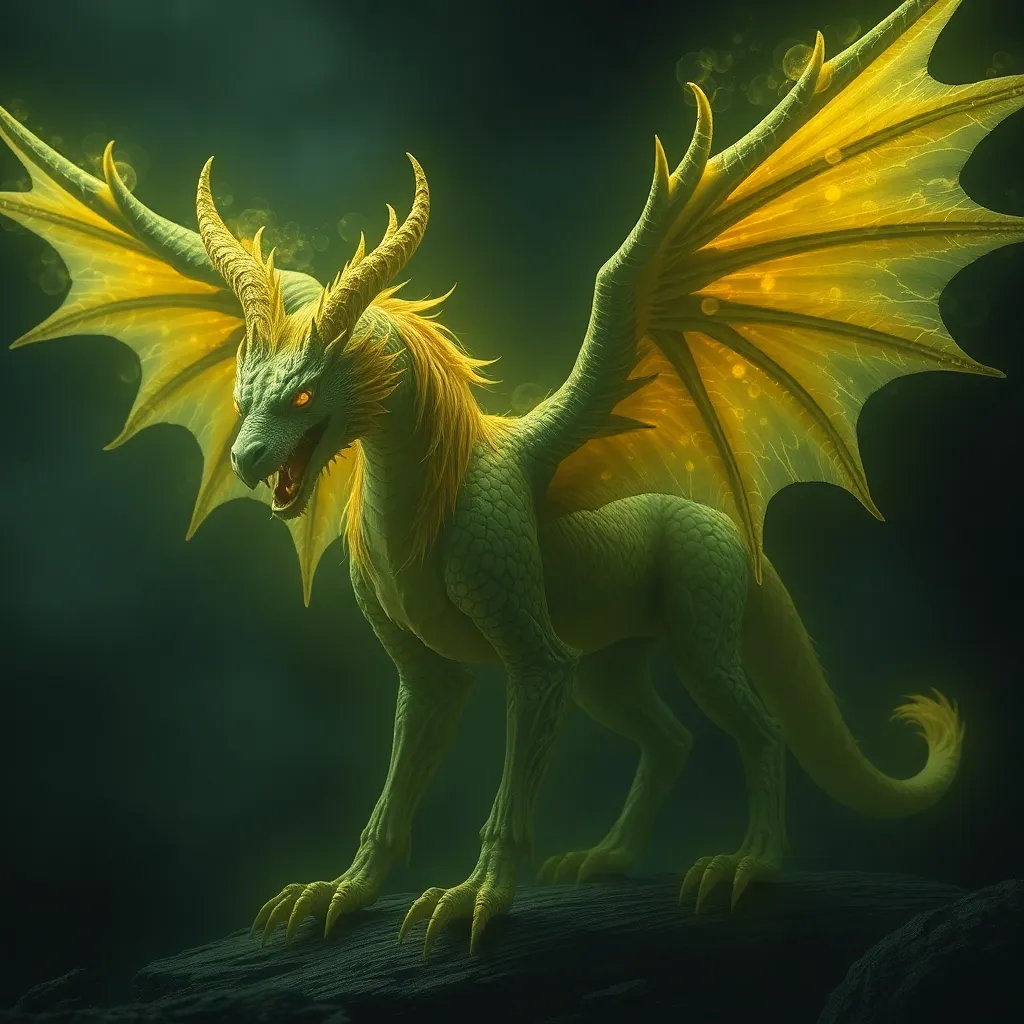The Wrath of the Gods: Legendary Tales of Punishment and Revenge
Introduction to Divine Retribution
The concept of wrath in mythology often embodies the powerful response of deities to human actions, particularly those that defy divine order or moral codes. Divine retribution serves as a potent reminder of the consequences of hubris, disobedience, and moral failings. Across various cultures, tales of punishment and revenge illustrate the significance of maintaining harmony between mortals and the divine.
In many traditions, these narratives are not merely stories; they are moral lessons that guide behavior and establish societal norms. By understanding the wrath of the gods, individuals grasp the importance of respect for the divine and the natural order.
The Nature of Divine Anger
From a psychological perspective, divine anger can be seen as a reflection of human emotions projected onto supernatural beings. Philosophically, it raises questions about justice, morality, and the nature of existence. The interplay between human actions and divine responses highlights a fundamental aspect of many mythologies: that the gods are deeply intertwined with the fates of humans.
Common themes emerge regarding how human actions provoke divine retribution, such as:
- Hubris: Excessive pride leading to downfall.
- Disrespect: Ignoring sacred laws or taboos.
- Violence: Causing harm to others, invoking divine wrath.
Greek Mythology: The Vengeful Gods
Greek mythology is replete with examples of gods who wield their power to punish mortals. Key figures such as Zeus, Hera, and Nemesis are known for their fierce retribution against those who defy them.
Notable tales of punishment include:
- Prometheus: For stealing fire from the gods to give to humanity, Prometheus was condemned to eternal torment, with an eagle eating his liver daily.
- Niobe: Proud of her children, Niobe boasted of her superiority over Leto. In retaliation, Leto sent her children, Apollo and Artemis, to kill all of Niobe’s offspring.
Norse Mythology: Ragnarok and Its Infamy
In Norse mythology, the concept of fate is closely tied to vengeance among the gods. Ragnarok, the prophesied end of the world, embodies the inevitable clash between gods and their enemies, culminating in divine retribution.
Key stories that illustrate this theme include:
- Loki’s Punishment: After the death of Balder, Loki’s role in the event led to his capture and a severe punishment involving being bound by his own children’s entrails.
- The Fall of Asgard: The destruction of the gods’ stronghold represents the ultimate reckoning for their actions and the cyclical nature of vengeance.
Hinduism: The Cycle of Karma and Divine Justice
In Hinduism, the concept of karma underscores the belief that every action has consequences, which can manifest as divine wrath. The cycle of birth, death, and rebirth reflects the moral fabric of the universe, where justice is ultimately served.
Legendary tales of punishment include:
- Ravana in the Ramayana: As a powerful demon king who abducted Sita, Ravana faced the wrath of Rama, leading to his eventual defeat and death, illustrating the consequences of adharma (unrighteousness).
Egyptian Mythology: The Balance of Ma’at
In ancient Egypt, the principle of Ma’at represents truth, balance, and cosmic order. The gods enforced this balance, ensuring that chaos did not prevail.
Tales of punishment in this context include:
- The Fate of Set: After the murder of Osiris, Set was ultimately defeated by Horus, symbolizing the restoration of order and the consequences of his actions.
Mesopotamian Lore: The Enuma Elish and Divine Retribution
Mesopotamian creation myths, such as the Enuma Elish, revolve around themes of divine vengeance and the establishment of order from chaos. The narratives illustrate how gods exert control over chaos and punish those who threaten their authority.
Key stories of punishment include:
- Gilgamesh: The epic recounts the wrath of the gods in response to Gilgamesh’s arrogance, leading to trials that teach him humility and respect for the divine.
Indigenous Myths: Nature and the Consequences of Disrespect
Indigenous myths often emphasize the connection between humanity and nature, portraying divine punishment as a response to disrespect for the environment. These narratives serve as cautionary tales about the repercussions of harming the earth.
Examples of divine punishment in these traditions include:
- Floods and Storms: Many indigenous cultures view natural disasters as messages from the gods, warning against behaviors that disrupt the balance of nature.
Modern Interpretations of Divine Wrath
Contemporary literature and media frequently draw upon ancient tales of vengeance, showcasing the enduring relevance of these narratives. Modern interpretations often explore themes of justice, morality, and the consequences of one’s actions in a more relatable context.
Examples of how these themes manifest today include:
- Films and novels that portray the struggle between good and evil.
- Television series that reinterpret mythological stories for contemporary audiences.
Conclusion: The Enduring Legacy of Divine Wrath
The legendary tales of divine wrath and retribution impart significant moral lessons that resonate through time. These stories not only reflect the values and beliefs of ancient cultures but also influence modern ethics and societal norms.
The impact of these narratives endures in our culture, religion, and personal ethics, reminding us that actions have consequences and that respect for the divine and the natural order is paramount. Through these tales, we learn to navigate our own moral landscapes, guided by the wisdom of the ancients.



